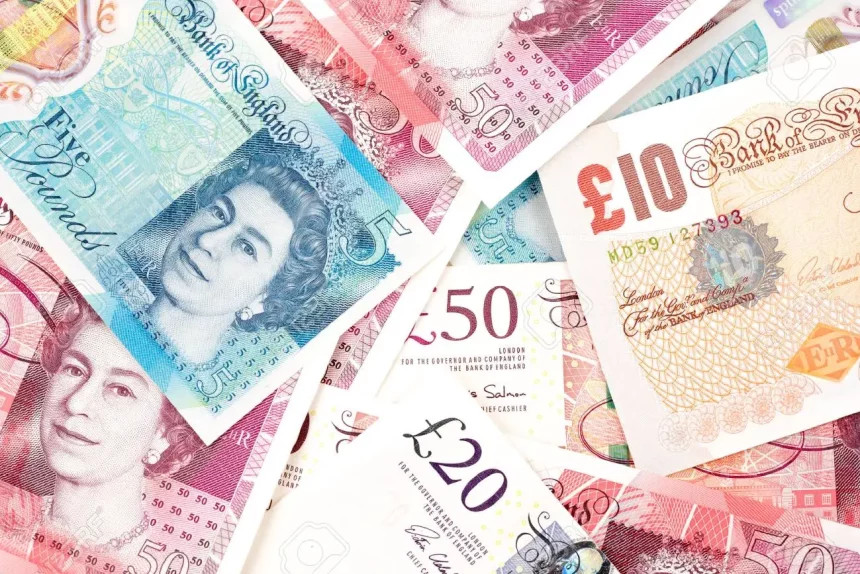GBPUSD has dipped marginally after failing to break beyond 1.2500 for the third day in a row on Friday. The short-term technical picture does not yet indicate a building of negative momentum.
Ahead of significant US data, the near-term technical outlook favors the bulls.
Risk perception and significant macroeconomic data releases from the United States. Might impact the pair’s behavior in the afternoon.
Despite the fact that the US economy developed at an annual pace of 1.1% in the first quarter. Contrary to the market’s anticipation of 2%, the US Dollar (USD) remained strong versus its rivals. The considerable negative contribution of 2.26 percentage point of change in private inventories to GDP demonstrated that the US economy fared better than the data indicated. Furthermore, the specifics According to the survey, consumer activity remained solid in Q1 despite rising price pressures.
The US Dollar Index improves on Thursday’s modest advances and prevents the GBPUSD from regaining traction. Meanwhile, US stock index futures are trading in the red, indicating a risk-averse market environment.
The Personal Consumption Expenditures (PCE) Price Index for March, the Federal Reserve’s favored indicator of inflation, will be featured in the US economic docket in the second part of the day. Because the quarterly reading of PCE inflation was already disclosed in Thursday’s GDP report, this data is unlikely to cause a significant reaction.
Risk aversion may drive the EURUSD to fall ahead of the weekend.
Market players will pay special attention to the first-quarter Employment Cost Index data, which is expected. 1.1% to come in. A stronger-than-expected reading might help the USD gain ground ahead of the weekend, and vice versa. A weak start on Wall Street might potentially contribute to the USD’s strength and weigh on the pair.
It’s also worth mentioning that month-end flows on the final trading day of April might increase volatility towards the close of the European session, weakening regular inter-market linkages.








